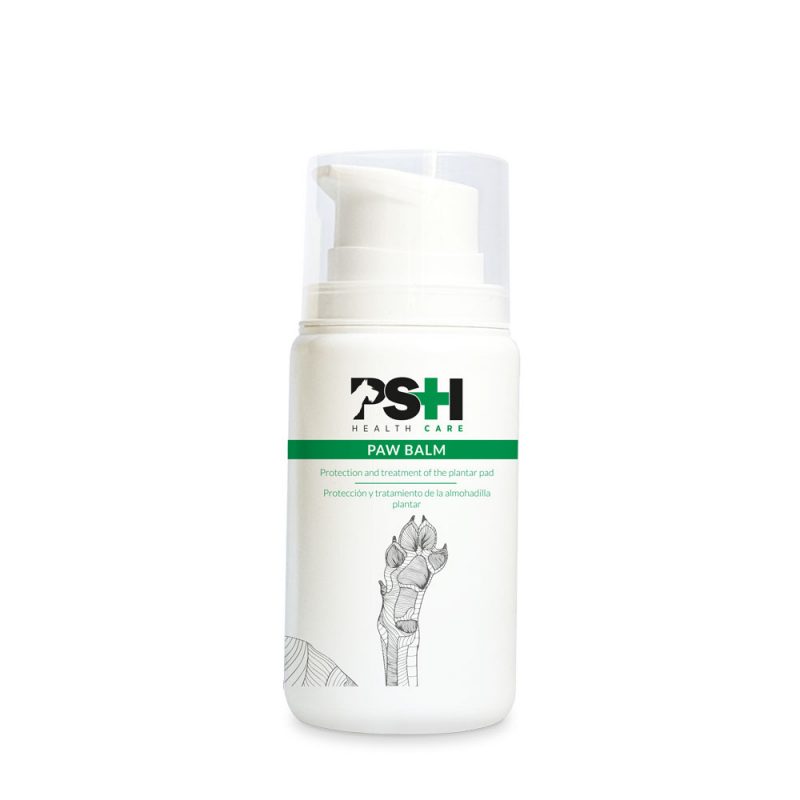
Blog
Pads, a key area in the health of our dogs

Canine pads are home to a large number of nerve endings, which is why they need to be observed and cared for frequently. Walking on hard or abrasive surfaces, such as asphalt or sand, can cause cuts, cracks and wounds, so it is recommended to use a pad protector that cushions the dog's soles.
Have you ever stopped to think about the curiosities involved in the pads of dogs? This fabric, which is equivalent to the soles of people's shoes, is made up of a thick, dark-colored skin containing keratin on the outside, which provides the necessary hardness and resistance when rubbing against the ground.
The pads contain a large number of sweat plants that provide great hydration and sponginess. Inside there is a fatty deposit whose function is to cushion movements and impacts so that these are not harmful to the bones of the toes and joints.

Risks
Continuous walking on hard or abrasive surfaces such as asphalt and sand can lead to injury, so it is recommended that dogs run and walk alternately on hard and soft surfaces. Dogs that take long walks or a lot of exercise may suffer erosion injuries. The opposite can also occur. Pads that become soft and vulnerable due to lack of activity.
Therefore, it is necessary to pay attention to the pads and check their condition periodically, and especially after long walks to observe if there are cuts, cracks, incrustations or dryness. Sometimes a piece of glass or a metallic or sharp element is embedded, which, if not detected in time, can become infected. Another common risk occurs when dogs pick a small spike that at first glance may seem harmless, but if it goes unnoticed and gets stuck between the dog's toes it can degenerate into an infection.
We must also be attentive to senior dogs whose pads may have lost elasticity due to the decrease in physical activity. In the case of puppies, their pads are soft and pink and will harden with the passage of time, so it is advisable to get them used to walking so that their pads harden, and to walk them on all types of surfaces, hard and soft, so that their pads adapt to all types of terrain from the beginning.
Specific care
The strength of the pads of dogs is not exempt from care, since a good number of nerve endings reside in them.
It is recommended to use a protective pad balm before and after intense activity and in extreme temperatures.
PSH offers Paw balm, a formula with natural vitamin E, 99% pure Aloe Vera juice, glycerin and avocado oil, which protects the plantar pad against aggression from extreme temperatures, either due to exposure to cold or high temperatures.
The advantages of using Paw balm are:
-Protects the pad
-Increases resistance to rubbing
-Prevents irritation due to increased activity or prolonged exertion -Free of khaton, silicone and parabens.
Extreme temperatures
Paw balm will help to maintain the hydration of the pads to keep them in perfect condition, strong, soft and free of irritation. A protection that will allow the pads to continue to perform their function properly.
The summer and winter months are the most sensitive for dogs' pads. Extreme temperatures, both hot and cold, can cause burns to the pads of dogs on strenuous walks on asphalt. A surface that can exceed 70 degrees on an extremely hot day.
The same applies to low temperatures. Pads can be abraded when walking on ice or snow. Low temperatures can cause cracks due to dryness, cracks that if left untreated can develop into wounds.
Now we know the nature, risks and care that our dogs' soles require. Observation and care with the right products will be the best allies for our dogs to keep walking and running on their pads in a healthy and safe way. As always, the veterinarian will be our best ally, both in periodic revisions and if any mishap occurs in such a sensitive and important area for the mobility of our animals.






